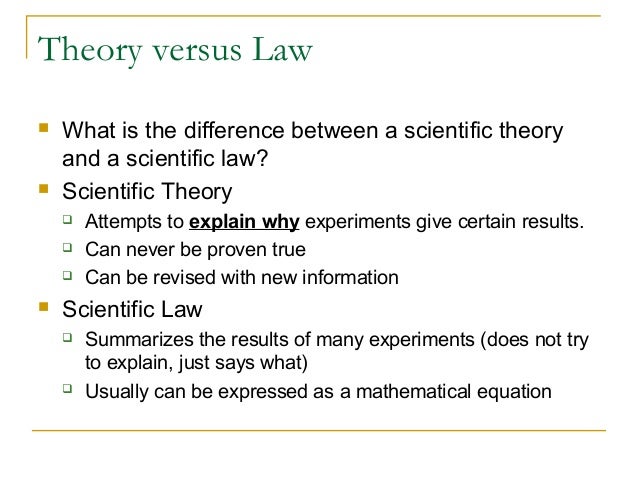From the previous lesson, i learned that internal is defined as something that does not require observation for evaluation whereas external is defined as something that requires observation of the outside world for evaluation and virtues is defined as the characteristics of something which is positive and also the features of a theory that makes a good theory.
I also learned about the features of scientific theory. Theories have many different properties and they must meet two criteria’s which are :-
A) they must be reliable indicators of truth
B) It is something that can be evaluated. ( accessible to everyone)
The features of theories can be grouped into internal and external features. An example of internal virtue is logical consistency, which means it involves no logical contradiction. To be logically consistent all claims must be true and does not contradict each other. To be inconsistent at least one of the claims must be false. This blog further explains logical consistency ( https://aphilosopher.wordpress.com/2007/10/31/moral-reasoning-logical-consistency/ )
This video also provides further explanation and examples on logical consistency.
Furthermore, the features of internal virtues ( as written in the book below ) are entrenchment, explanatory cooperation, testability, generality and simplicity. Some explanation for the features of internal virtues are :-
Moreover, the features of external virtues are explanation where the theories should be able to explain an observed phenomena. The more the phenomena that can be explained, the more likely the theory is to be true. A theory that is reliable should be able to explain a broad variety of things. Another feature is that they can go through testing and confirmation. This can be accomplished by looking at new evidence as predicted by the theory. It also does not explain why something happened but that it does happen according to predictions made.
https://books.google.com.my/books?id=VK5yIq-wzdgC&pg=PA27&lpg=PA27&dq=internal+and+external+virtues&source=bl&ots=-weo98WlvL&sig=n660flxw_NJ_PiWBJ4jtsWFfbK4&hl=en&sa=X&ved=0CDMQ6AEwA2oVChMI__a2973-xwIVzsKOCh2SOwLi#v=onepage&q=internal%20and%20external%20virtues&f=false (pg 30, 36 - 50 )
From this lesson, what i would need most help in would be how to clearly distinguish the features of internal virtues which can be confusing at times. I would use this knowledge to properly point out to the students what are internal or external virtues ( in their context ).
A) they must be reliable indicators of truth
B) It is something that can be evaluated. ( accessible to everyone)
The features of theories can be grouped into internal and external features. An example of internal virtue is logical consistency, which means it involves no logical contradiction. To be logically consistent all claims must be true and does not contradict each other. To be inconsistent at least one of the claims must be false. This blog further explains logical consistency ( https://aphilosopher.wordpress.com/2007/10/31/moral-reasoning-logical-consistency/ )
This video also provides further explanation and examples on logical consistency.
Furthermore, the features of internal virtues ( as written in the book below ) are entrenchment, explanatory cooperation, testability, generality and simplicity. Some explanation for the features of internal virtues are :-
- Entrenchment is a principle of conservatism and is not a rule to be abided by strictly
- Explanatory cooperation is the property of explaining why things behave the way other theories explain them to be.
- Testability is testing the prediction / observation to see if it can be used in a general context.
- Generality makes the theory more reliable because relevant test can be carried out numerous times to produce same results at the end of the day.
- Simplicity is not an independent objective standard but is dependent on the linguistic and theoretical context.
Moreover, the features of external virtues are explanation where the theories should be able to explain an observed phenomena. The more the phenomena that can be explained, the more likely the theory is to be true. A theory that is reliable should be able to explain a broad variety of things. Another feature is that they can go through testing and confirmation. This can be accomplished by looking at new evidence as predicted by the theory. It also does not explain why something happened but that it does happen according to predictions made.
https://books.google.com.my/books?id=VK5yIq-wzdgC&pg=PA27&lpg=PA27&dq=internal+and+external+virtues&source=bl&ots=-weo98WlvL&sig=n660flxw_NJ_PiWBJ4jtsWFfbK4&hl=en&sa=X&ved=0CDMQ6AEwA2oVChMI__a2973-xwIVzsKOCh2SOwLi#v=onepage&q=internal%20and%20external%20virtues&f=false (pg 30, 36 - 50 )
From this lesson, what i would need most help in would be how to clearly distinguish the features of internal virtues which can be confusing at times. I would use this knowledge to properly point out to the students what are internal or external virtues ( in their context ).
Learning artifacts :-
Video : Retrieved on 17/9/2015
e-book : Retrieved on 17/9/2015 ( pg 30 )
Article : Retrieved on 17/9/2015

